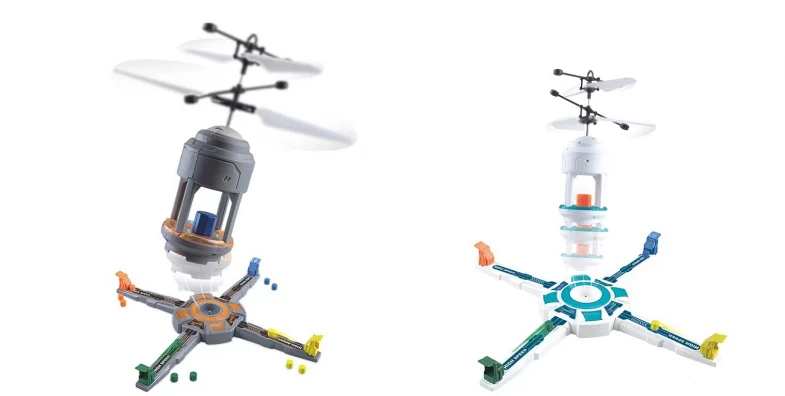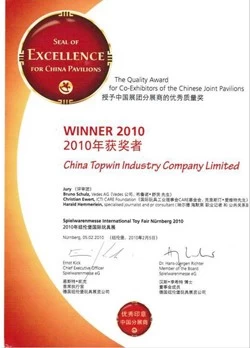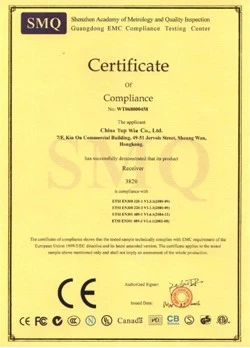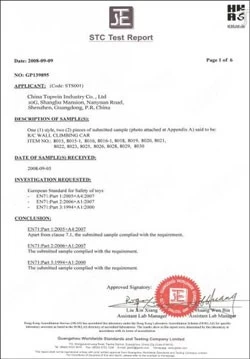South Korea's research and development of breathable electronic skin monitors health indicators
chinatopwin
chinatopwin
2017-07-26 09:18:56
South Korea's research team has developed an electronic skin that breathes, yonhap reported on
July 19. Breathable, perspiration is a thin electronic loop that can be attached to the surface of the
body like a sticker.
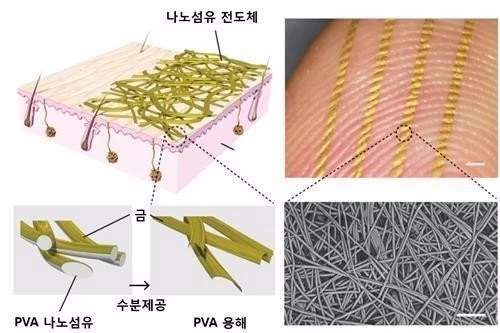
The new material science team is working with the university of Tokyo, Japan, to be able to stick it

The new material science team is working with the university of Tokyo, Japan, to be able to stick it
on the skin for about a week, and the skin won't become inflamed. Its surface is attached to touch,
temperature and electromyography sensors and can also measure body temperature and
heartbeat. With the development of portable electronic products, there are also increasing
research on health monitoring devices, which can be used in health monitoring devices.
The "breath electronic skin" is made of polyvinyl alcohol, a polymer material that is soluble in
water and coated with gold particles on its surface, and woven into a net with fibers of 300 to
700mm in diameter. It has a good scalability and can be used directly with water on the finger or
joint, without adhesives, and can be used over and over again.
The electronic skin that has been studied so far is made of plastic or rubber, and is prone to
inflammation if it is attached to the skin or body. In particular, prolonged exposure to the skin,
coupled with air isolation, can cause itching or eczema. To overcome these shortcomings, the
research team developed a network of breathable, perspiring "breathing electronic skin".
The research team professor said the study will link electronic skin and intelligent products to
The research team professor said the study will link electronic skin and intelligent products to
long-term health monitoring. The findings were published in the international journal Nature
Nanotechnology on March 18.








